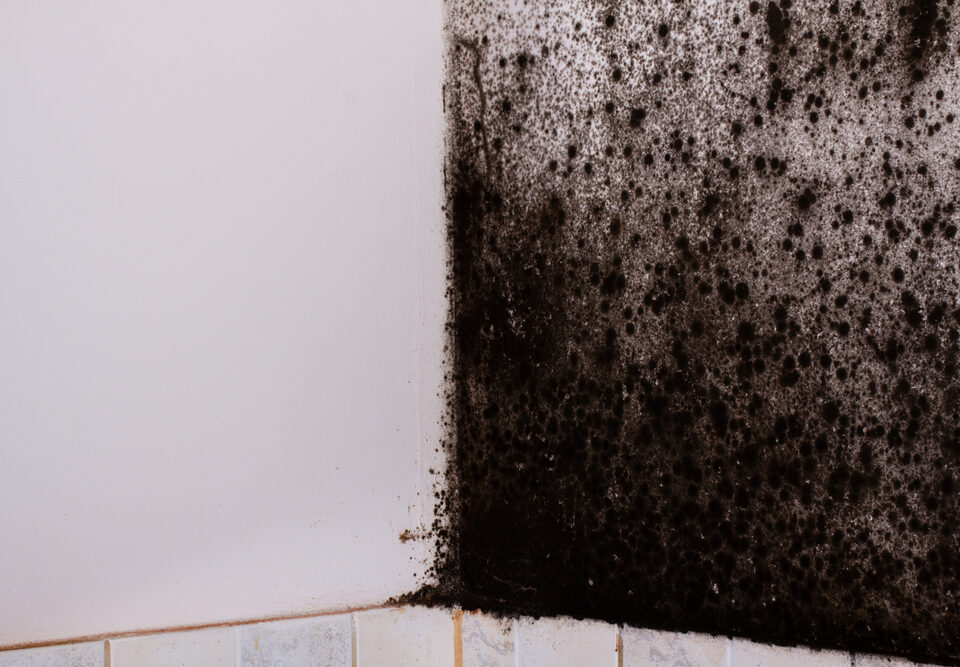- Call Now for a Free Quote
- 801.400.7867
History and Basics on Home Inspection Reports, Part 1

Don’t Avoid a Home Inspection for an “As Is” Home Purchase
July 14, 2020
History and Basics on Home Inspection Reports, Part 2
October 13, 2020At Aerolite Consulting, we’re proud to bring potential homebuyers huge value through our home inspection and environmental inspection services. We’ll help you confirm that a home you love based on its visible qualities really is as-advertised, checking for a variety of unseen issues in practical, health and other areas.
One of the most valuable individual elements of this process for upcoming homebuyers: Our actual home inspection report that we’ll deliver to you after performing our comprehensive inspection. This report is valuable not only for your personal knowledge, but also as direct documentation of any concerns present on the property – concerns you can take back to the seller and request fixes on before you complete any sale. In this two-part blog series, we’ll go over everything you need to know about home inspection reports: The early history of inspection standards and how these areas have developed through the years, plus the notable areas you’ll want to keep in mind once you receive your home inspection report.
Early History of Home Inspection Standards
You may not have realized it, but today’s home inspection standards have come a long way in just a few decades. In the mid-1970s and any period before this, there were no centralized guidelines – and often no oversight or guidelines whatsoever – for home inspections. It was a legitimate Wild West, with home inspections varying widely in quality and often garnering justified suspicion.
By the middle of that decade, however, the industry had begun to standardize. In 1976, the American Society of Home Inspectors was formed, and from there a Standards of Practice that governed the industry. Later on, the International Association of Certified Home Inspectors was formed and developed its own set of standards. Today, most inspections follow the latter, which has actually been split into a few distinct areas.
Checklist Reports
Another way of looking at the history of home inspection standards and reports is by the report type – types that still exist today, in fact. The first here is the checklist report, which is a relatively simple checklist with very little actually written.
Generally, a checklist report – which for a long time was the only sort of report offered – will contain several boxes or categories already in place. The report will be a series of checks or marks, sometimes with very limited descriptions or abbreviations next to certain notable areas. In previous decades, the checklist might have only been a page or two long.
Narrative Reports
Over time, however, buyers and many others within the real estate world began to notice the limitations of checklist reports. They were too broad and general, plus too open to interpretation depending on how a given party wanted to view the results.
For this reason, narrative reports quickly rose in popularity. These refer to actual phrases or longer areas of written language used to describe home conditions in more detailed ways, with fewer abbreviations or generalizations. Both these reports will still be used today, but they will often be offered together – and when it comes to liability issues with the seller, the narrative report tends to be the one that holds the most weight.
For more on the history and details of a home inspection report, or to learn about any of our home inspections or environmental contaminant inspections, speak to the staff at Aerolite Consulting today.




